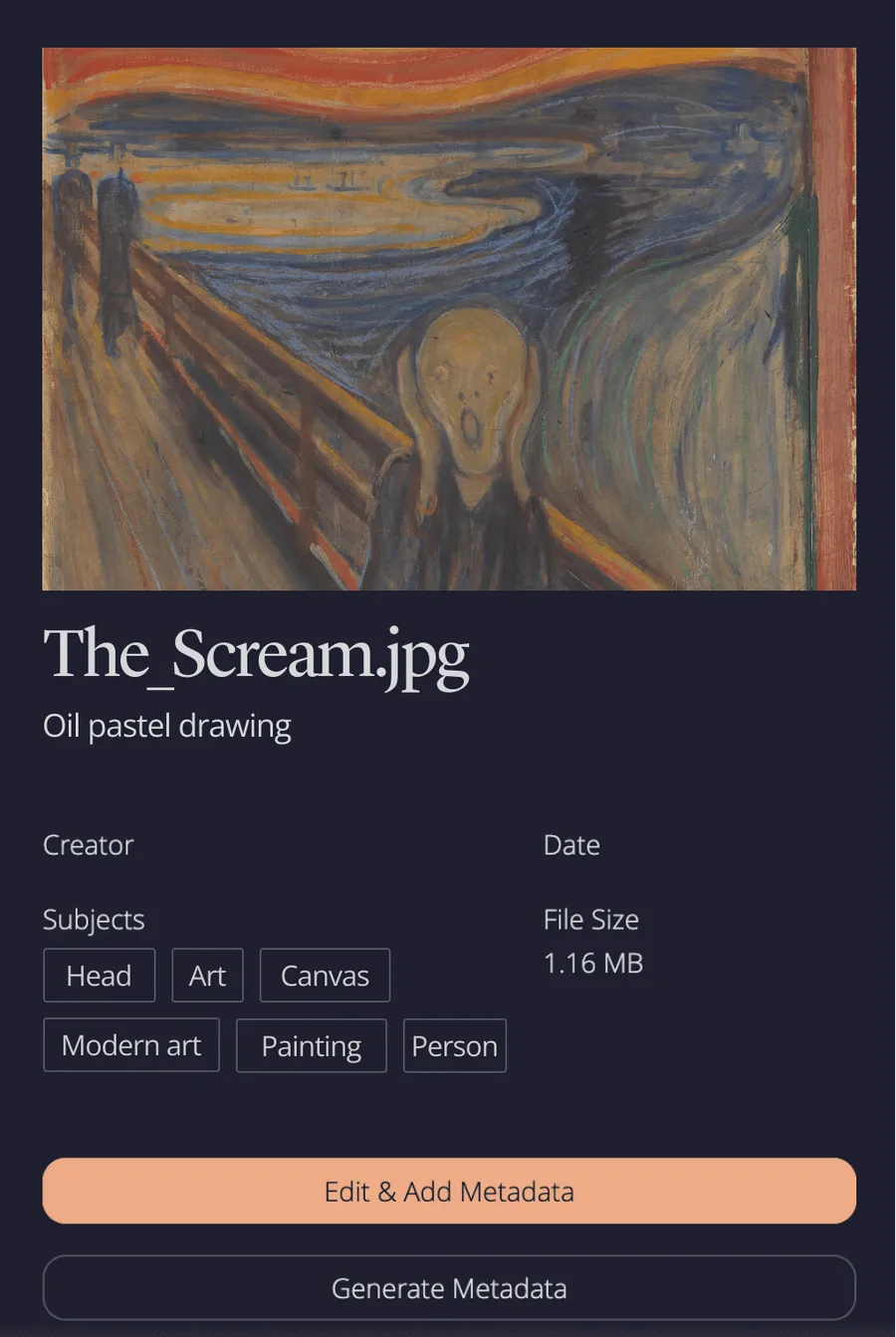Representing a core pillar of the Hindu culture and faith, these precious religious texts describing the Goddess as the supreme power and creator of the universe have now been digitally preserved for eternity.
Dating back to between 400 and 600 C.E, the Durga Saptashati (also known as the Devi Mahatmya) is one of the earliest texts from the Hindu traditions that describe the feminine aspect of God. Considered to be as important as the Bhagavad Gita, these manuscripts have now been digitally preserved and stored in the safest place in the world - the Arctic World Archive (AWA).
AWA is a growing digital repository of world memory located at the remote island of Svalbard in the Arctic Ocean. Founded by Piql AS, the archive uses innovative technology for archiving that has repurposed photosensitive film to be a digital medium. Data is stored using high density QR codes with all information needed to recover the information also stored on the film, making it self-contained and future-proof. This tried and tested technology can keep data alive for hundreds of years, without the need for migration.
These manuscripts were deposited alongside restored masterpieces from Ajanta Caves, emerging art from South-East Asia, Norwegian history, Icelandic heritage, photographs and films among others. They join existing treasures including Edvard Munch’s The Scream, records from the national archives of Brazil and Mexico, Github’s open-source code repository, famous films and other contemporary art, in a vault of world memory designed to last forever.
Faciliated by Indira Gandhi National Centre for Arts (IGNCA) and the Ministry of Culture in India, these treasures are a valuable addition to the growing repository of world memory.
To mark the importance of storing these manuscripts for future generations, Piql hosted a ceremony at the archive. Attending virtually, Piql India’s CEO, Ravish Mehra, said that these manuscripts are so rich in history and heritage and offer a glimpse into the ancient Hindu Culture where women were well respected and considered a source of strength and power in society.
“This deposit is a significant addition to the growing collection of world memory in the Arctic for the nation of India, especially those of the Hindu faith and will be a great source of knowledge for the future generations.’’ he said.
About the Durga Saptashati manuscript
The Durga Saptashati (Devi Mahatmya) describes a storied battle between good and evil, where the Devi manifesting as goddess Durga leads the forces of good against the demon Mahishasura—the goddess is very angry and ruthless, and the forces of good win. In peaceful prosperous times, states the text, the Devi manifests as Lakshmi, empowering creation and happiness. The verses of this story also outline a philosophical foundation wherein the ultimate reality (Brahman in Hinduism) is female. The text is one of the earliest extant complete manuscripts from the Hindu traditions which describes reverence and worship of the feminine aspect of God.
The text contains 700 verses arranged into thirteen chapters. Along with Devi-Bhagavata Purana and Shakta Upanishads such as the Devi Upanishad, it is one of the most important texts of Shaktism (goddess) tradition within Hinduism.




